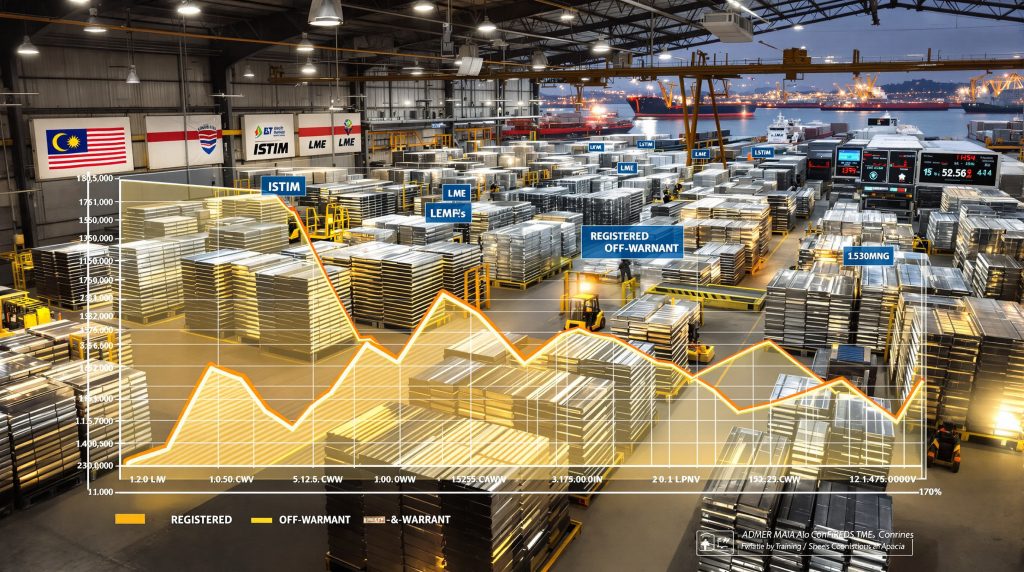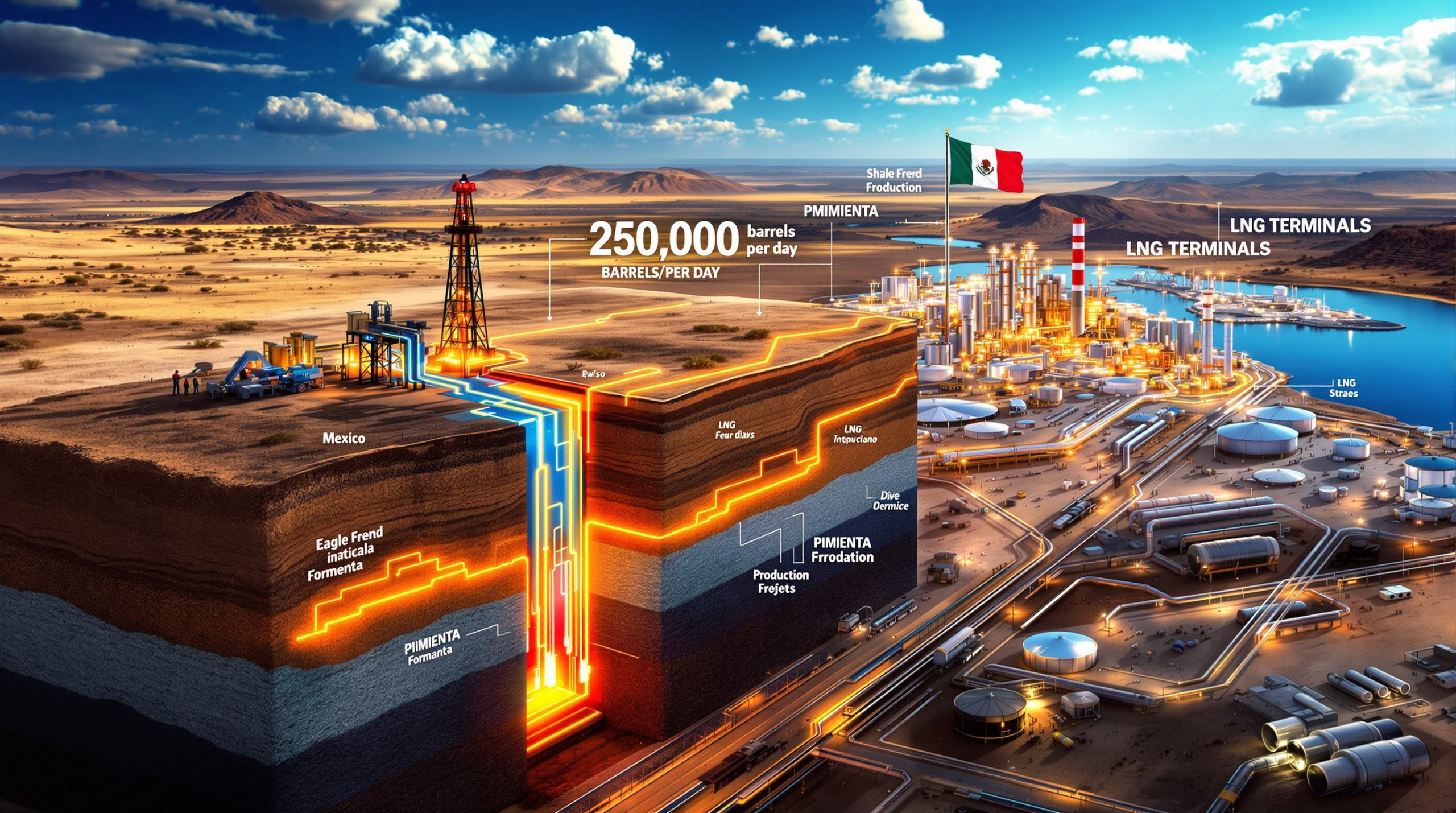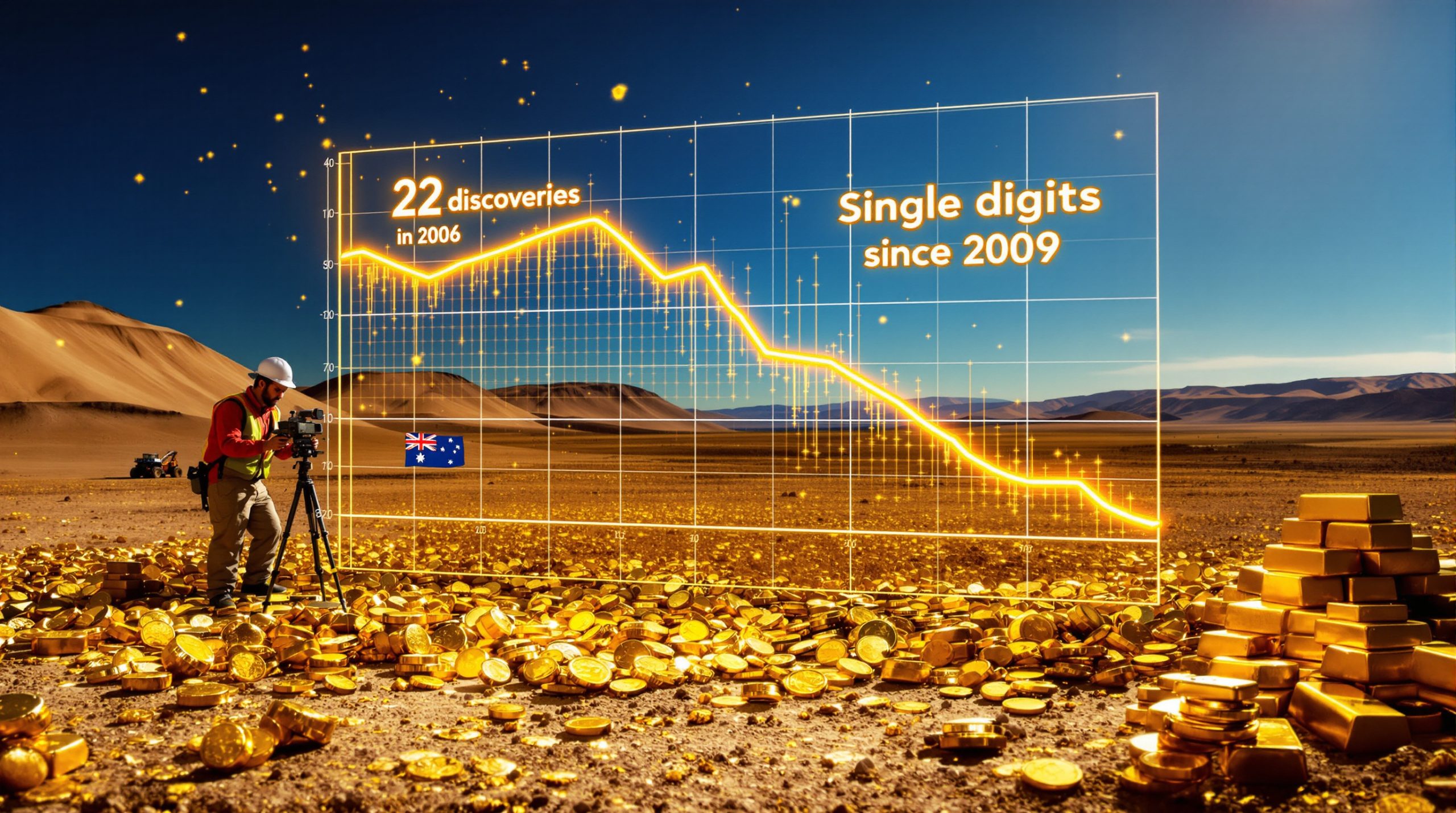Understanding the LME Aluminum Stocks Roundabout
The London Metal Exchange (LME) aluminum market operates with a fascinating dynamic that traders often refer to as the "stocks roundabout." This cyclical phenomenon shapes market perception, influences pricing, and creates both challenges and opportunities for market participants. Recent movements in LME aluminum inventories reveal important signals about the broader market conditions and highlight significant structural changes taking place.
The Warehouse Rotation Phenomenon Explained
The aluminum stocks roundabout refers to the cyclical movement of metal between registered (on-warrant) and off-warrant storage within the LME warehouse system. This rotation creates the appearance of inventory fluctuations without necessarily changing the actual amount of metal available in the market.
When metal moves from off-warrant to registered status, daily LME reports show an "arrival" of new stock, potentially suggesting increased supply. However, experienced market participants understand that these movements often represent administrative changes rather than fresh metal entering the system.
The driving force behind these rotations typically includes warehouse incentives and rent-sharing agreements. In these arrangements, metal owners receive compensation from warehouse operators for storing metal in their facilities, with the warehouse benefiting from the guaranteed rental income over extended periods.
Historical Context of LME Aluminum Storage Games
The LME has witnessed several iterations of warehouse games over the past decade. The most notorious occurred between 2010-2014, when massive queues developed at warehouses in Detroit, resulting in delivery delays exceeding 16 months. During this period, physical premiums skyrocketed to unprecedented levels, with the Midwest premium reaching $0.22/lb from a typical $0.03-0.05/lb range.
These historical events prompted regulatory intervention and rule changes by the LME, including the implementation of queue-based rent capping and load-out ratio requirements. Despite these reforms, creative market participants have continued to find ways to optimize inventory management within the rules, leading to the current rotation patterns we observe today.
Why Is the Latest Aluminum Stocks Movement Significant?
Anatomy of the Recent 156,000-ton Rotation
Between June and August 2025, approximately 156,000 metric tons of aluminum flowed into LME warehouses, creating the appearance of substantial new inventory. However, analysis reveals this metal came almost entirely from existing off-warrant stocks in the same location—Port Klang, Malaysia.
This six-week inflow pattern represents a sophisticated inventory management strategy rather than an indication of oversupply in the physical market. Despite daily warranting actions suggesting significant inventory changes, the net increase in total stocks at Port Klang amounted to just 41,000 tons since the end of May 2025.
The geographic concentration in Port Klang is particularly notable, as this Malaysian port has become the epicenter of LME aluminum storage strategies in recent years, replacing earlier hubs like Detroit and Vlissingen.
The Diminishing Pool of Tradable Metal
Perhaps most critically, total LME aluminum stocks (including both registered and off-warrant metal) have declined by nearly 300,000 tons since January 2025, reaching approximately 717,000 tons by August—a multi-year low.
This downward trajectory in overall inventory reveals a tightening market despite the apparent inflows reported in daily LME statistics. The diminishing pool of available metal suggests underlying physical tightness that contradicts the superficial impression created by rotation activities.
Physical market participants increasingly recognize that most warranted metal has come from existing off-warrant stocks rather than new production entering the exchange system. This reality has significant implications for price discovery and trading strategies.
How Did the Aluminum Stocks Battle Begin?
The May 2024 Catalyst Event
The current rotation cycle began in May 2024 with a significant delivery of 650,000 tons of aluminum into Port Klang warehouses. This metal, reportedly sold by major trading house Trafigura, entered the LME system because the seller could earn more from a rent-sharing deal with ISTIM UK Ltd than from physical sale in what was then an oversupplied market.
The financial incentives behind this move were compelling. With U.S. and UK sanctions affecting Russian metal, non-Russian (Indian) aluminum had become more valuable for storage purposes. The commodity trading giants offered guaranteed revenue streams compared to uncertain physical market returns.
This initial movement triggered a series of reactions that continue to reverberate through the market today, demonstrating how single inventory decisions can create long-lasting effects on market structure.
The Queue Formation and Resolution
Following the massive delivery in May 2024, a load-out queue at ISTIM's Port Klang warehouses stretched to 293 days at its peak in August 2024. This queue meant that anyone wishing to withdraw metal from these warehouses faced a wait of almost ten months.
The queue formation occurred when multiple parties attempted to remove metal simultaneously, exceeding the daily load-out capacity required by LME rules. As parties requested deliveries, the backlog grew, creating artificial supply constraints despite the apparent abundance of inventory.
By May 2025, this queue had completely dissolved as metal cycled through the system. This queue resolution coincided with an April-May 2025 squeeze on short-position holders, which triggered the latest stocks churn we observe today.
What Market Signals Can We Extract from the Latest Rotation?
Unchanged Time Spreads Despite Inventory "Arrivals"
One of the most telling signals from the current rotation is the minimal reaction in LME time spreads. Despite daily warranting reports showing substantial inflows, the cash-to-three-months spread has continued to trade around flat—essentially unchanged from its position two months ago.
This spread behavior indicates market sophistication, as traders recognize the "roundabout" nature of these inventory movements. The lack of spread widening confirms market understanding that these are not fresh metal deliveries but rather existing inventory changing registration status.
The disconnect between daily warranting activity and spread behavior provides valuable insight into market sentiment and the growing ability of participants to look beyond headline inventory figures.
Shrinking Warehouse Capacity Signals
A less obvious but equally important signal comes from the reduction in LME warehouse capacity. ISTIM has reduced its exchange-listed warehouse units in Port Klang from 22 to 13 over the past year—a significant contraction in storage infrastructure.
Total LME storage capacity in Port Klang has shrunk by approximately 15% since January 2025 and now stands at just 50% of 2021 levels, when ISTIM stored over 800,000 tons of aluminum.
This capacity reduction suggests warehouse operators see diminishing returns from maintaining large idle facilities. With reduced storage revenues limiting their ability to compete for metal, warehouses are optimizing their footprint to match realistic expectations of future storage needs.
Why Aren't We Seeing More Fresh Metal Entering the LME System?
Shifting Physical Market Dynamics
Several global developments have altered aluminum trade flows, diverting metal away from LME warehouses. The European phase-out of Russian aluminum imports has created new market patterns, forcing material to find alternative destinations.
Simultaneously, the increase in US tariff impacts to 50% has dramatically changed the economics of shipping aluminum to America, previously a key consumer market. These policy changes have resulted in regional premium divergence, creating more attractive physical arbitrage opportunities compared to LME storage deals.
With physical premiums in flux, traders find greater profit potential in navigating these regional differentials rather than locking metal into long-term storage arrangements.
China's Growing Import Appetite
China has emerged as a significant sink for global aluminum, importing approximately 1.25 million tons of primary aluminum during the first half of 2025. This import pace accelerated in July 2025, with Chinese buyers showing a particular preference for Russian-origin material.
This unprecedented level of Chinese imports represents a structural shift in global aluminum flows. With China absorbing substantial volumes—particularly Russian material facing restrictions in Western markets—less metal remains available for delivery to LME warehouses.
The redirection of global aluminum flows toward China effectively removes potential inventory from the LME system, contributing to the overall decline in total stocks despite the rotation activities. These US–China trade impacts continue to reshape global metal flows.
Warehouse Economics Under Pressure
Warehouse operators like ISTIM now face challenging economics. Without the massive storage revenues of previous years, they struggle to compete for fresh metal against physical buyers offering attractive premiums.
The financial equation has shifted decisively away from long-term storage plays. Warehouse operators can no longer offer the same level of incentives to attract metal, as their income potential has diminished due to shorter queues and reduced storage durations.
This financial pressure explains why we observe recycling of existing inventory rather than competition for new metal entering the LME system.
What Are the Implications for Aluminum Market Participants?
Trading Strategy Considerations
Market participants must adapt their strategies to account for the stocks roundabout phenomenon. Key considerations include:
- Distinguishing between genuine supply shifts and administrative inventory rotations
- Looking beyond headline LME stock figures to assess total inventory (registered + off-warrant)
- Monitoring time spread behavior as a more reliable indicator of market tightness than daily stock reports
- Developing strategies that anticipate continued inventory decline and potential physical market tightening
Successful trading requires looking beyond superficial inventory movements to understand the fundamental supply/demand dynamics driving the market. For investors interested in commodities, an ETC investment guide can provide valuable insights into alternative exposure methods.
Physical Market Outlook
For physical market participants, several key developments warrant attention:
- Regional premiums will likely continue diverging based on policy-driven trade flow disruptions
- Supply chain planning must account for declining visible inventory and potential spot market tightness
- Alternative sourcing strategies may become necessary as traditional supply patterns evolve
- Contract structures may need revision to accommodate greater premium volatility
As available stocks continue declining, physical buyers face increasing challenges in securing material, potentially leading to more volatile spot market conditions.
Long-Term Structural Changes
The aluminum market is experiencing several structural shifts that will reshape its future:
- The traditional aluminum financing trade is evolving as warehouse economics change
- LME warehousing is becoming less central to global aluminum inventory management
- Market transparency is improving as participants better understand the relationship between registered and off-warrant stocks
- New trading strategies are emerging that focus on regional arbitrage rather than contango storage plays
These structural changes require market participants to develop new analytical frameworks and trading approaches adapted to evolving market realities. Understanding broader mining industry trends can provide context for these aluminum-specific developments.
FAQs About LME Aluminum Stocks
What Causes Aluminum to Move In and Out of LME Warehouses?
Several factors drive aluminum movements between LME warehouses and the physical market:
- Financial incentives from contango structures (when future prices exceed current prices)
- Rent-sharing deals between metal owners and warehouse operators
- Physical market premiums that make delivery into or out of warehouses profitable
- Regulatory changes that alter the economics of metal storage
- Market structure shifts that change the relative value of metal in different locations
The complex interplay of these factors determines whether metal flows into or out of the LME system at any given time.
How Do LME Warehouse Queues Affect Aluminum Prices?
Warehouse queues impact aluminum prices through several mechanisms:
- Physical premiums typically rise when metal becomes trapped in lengthy queues
- Regional price differentials expand when delivery delays create localized shortages
- The perceived availability of metal decreases despite high headline inventory figures
- Forward price curves can steepen as market participants price in accessibility constraints
During the 2012-2014 queue crisis, physical premiums reached record levels despite abundant LME inventory, demonstrating how access bottlenecks can override raw inventory statistics in price formation. According to Reuters analysis of LME aluminum dynamics, these historical patterns continue to influence modern market behavior.
What Is the Significance of Off-Warrant Stocks?
Off-warrant aluminum stocks play a crucial role in market transparency:
- They represent metal that is available but not immediately deliverable against LME contracts
- Their existence creates a "shadow inventory" that can rapidly move to registered status
- LME reporting of off-warrant stocks (introduced in 2020) improved market visibility
- The relationship between registered and off-warrant stocks reveals warehouse strategies
Understanding the interplay between these inventory categories provides deeper insight into market conditions than registered stocks alone.
Why Is Port Klang a Focal Point for Aluminum Storage?
Port Klang has emerged as the center of LME aluminum storage for several reasons:
- Strategic location along major shipping routes between production centers and consumption hubs
- Cost-effective warehousing with favorable operational economics
- Developed infrastructure capable of handling large metal volumes efficiently
- Established ecosystem of service providers supporting metals logistics
- Regulatory environment conducive to inventory management strategies
These advantages have made Port Klang the natural successor to earlier storage hubs like Detroit and Vlissingen, concentrating aluminum stocks in this Malaysian port. The London Metal Exchange's official aluminum specifications govern how this metal is traded and stored within their system.
Navigating the Future of LME Aluminum Trading
The last swing of the LME aluminum stocks roundabout reveals a market in transition. As warehouse rotations become less impactful and overall inventory continues declining, market participants must adapt to new realities.
The diminishing returns from warehouse rotation strategies suggest we may be witnessing the final stages of a trading pattern that has dominated aluminum markets for years. Going forward, fundamental supply-demand balances and regional trade flows will likely reassert their primacy in price discovery.
For traders, analysts, and industry participants, this evolution demands new analytical approaches that look beyond headline inventory figures to understand the true state of aluminum availability. Those who successfully adapt to these changing dynamics will find opportunities amid the transition to a more transparent, fundamentally driven market.
Want to Stay Ahead of Major Mineral Discoveries?
Discover how investors can gain immediate notifications on significant ASX mineral discoveries through Discovery Alert's proprietary Discovery IQ model, turning complex data into actionable investment insights. Explore historic examples of exceptional returns from major discoveries by visiting the Discovery Alert discoveries page and position yourself ahead of the market.




